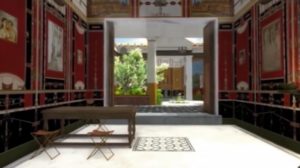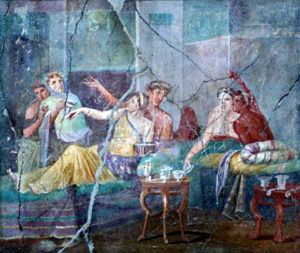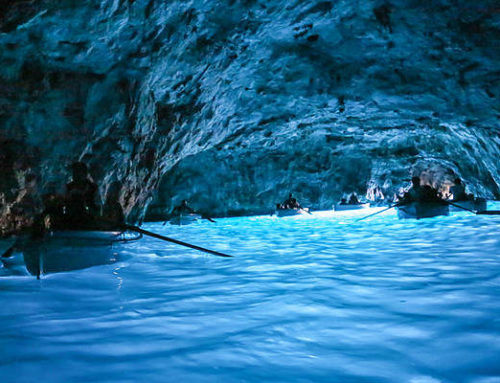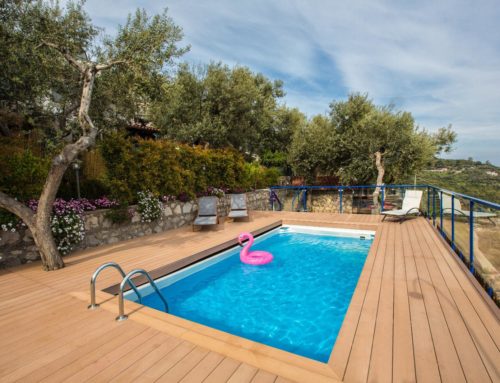UA domus was rebuilt in 3D using the latest scanning technology. A video shows all the glitz and elegance of life of the rich in ancient Pompeii

domus-Pompei-3dDopo two thousand years, the ancient city of Pompeii still arouses curiosity and wonder. The world’s largest archaeological site, despite the bare ruins, is able to drag all its visitors to another dimension and make a journey through time to the 79 AD, before the eruption of Vesuvius buried it all under thick layers of magma and ash.
To come to the imagination in support are the latest scanning technology, through which it was possible to reconstruct entirely a noble domus Pompeii: the layout of the rooms to the furnishings, while the “virtual visitor” holds center stage, to the point to give the feeling of being there, within it, to spy on the lives of two thousand years ago.
The video, produced by a team of international scholars (on liveleak.com), shows all the details of the unmistakable style of Pompeii, but also the functional works to facilitate the needs of everyday life. Enter the front door in fact, a corridor leading to the atrium, which is a large courtyard, in more ancient times, was the heart of the house. At the center of the atrium was a spa, the Impluvium for collecting rainwater coming through an aperture in the roof, the Compluvium, also used to illuminate the interior of the house through the play of light and reflections. That was until the ancient Romans did not provide even the city of Pompeii in a water network, to which they connected the noble domus, from that moment the Impluvium loses its function and becomes are an additional element of decor, with elegant and distinctive notes .
We then move on to the study of the landlord or tabularium, by the sumptuous decorations, to the room to receive guests, with frescoes on the walls, which in recent times have been removed and transported to museums. Outside, a lush garden with fountains, it was the perfect place to rest in the afternoon.
The life of the Pompeians was marked by the rhythms of the sun. In the absence of electricity in fact, the inhabitants had to take advantage of every last ray, and Pompeii began to come alive right from the morning, or perhaps, never slept, so that you can define the “big apple” of antiquity.
The emperor Julius Caesar in fact, to avoid the heavy traffic during the day, had ordered that all the carts had to leave the city before dawn, worth a hefty penalty. This law was applied in the principal cities of the Roman Empire and, apparently, even at Pompeii. So, for all deliveries and transport needed to take advantage of the night, and by day Pompeii became a large pedestrian area

But triclinio_4Questo appearance, little interested in the patricians, who had little to fear, for the most part, entrusted to their most faithful servant. Despite the alarm for them it was very early, good morning was accompanied by a rich breakfast, consisting of bread, cheese, vegetables and leftovers from the day before, consumed in the triclinium, the banquet hall. Satisfied the stomach, he went to the spa or the barber, former place of confidences and talk, and finally, we went to the Forum, the city’s main square, where you could gain information of all kinds, from politics to economics, until to gossip, always if the barber had not already been informed.
It is the life of men who lived two thousand years ago, and yet, in some respects, it does not seem so far removed from that of today. The video offers a blast from the past and whets the interest, the desire to learn more about this place that the lava has made eternal and that even today, amazes scholars around the world





